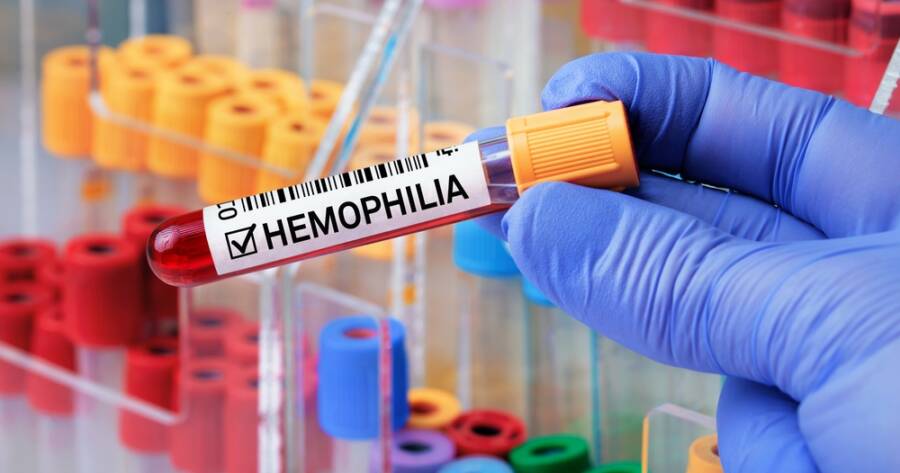Hemophilia has made remarkable advancements in treatment that are not only enhancing the quality of life but also changing how we understand this condition. Continue searching online to explore how these are reshaping the future of hemophilia care.
From cutting-edge therapies to innovative gene-based approaches, hemophilia care is evolving rapidly, offering new hope to patients. This article delves into the latest developments that have transformed the lives of those living with hemophilia.
What is Hemophilia?
Hemophilia is an inherited blood disorder characterized by the deficiency of clotting factors, which are essential for proper blood coagulation. People with hemophilia tend to bleed excessively and for longer periods after injuries or surgeries.
The severity of the disorder varies, with hemophilia A (caused by a deficiency of clotting factor VIII) and hemophilia B (caused by a deficiency of factor IX) being the most common types.
Current Treatment Options for Hemophilia
Numerous therapies are available to address bleeding disorders, with ongoing developments of new options. Since individuals can react differently to these treatments, it’s crucial to maintain close collaboration with your hematologist. This partnership ensures the identification of a tailored treatment plan that best suits your specific needs and responses.
1. Factor Replacement Therapies
These therapies involve using molecules that mimic natural human clotting factors, promoting better clotting and reducing bleeding episodes. Administered through intravenous injections, often called infusions, these treatments increase the levels of clotting factors in the body. Two categories of factor replacement therapies exist, standard half-life (SHL) and extended half-life (EHL).
- SHL Therapies: Used for hemophilia A and B, as well as some types of von Willebrand disease and rare factor disorders. The frequency of dosing varies, ranging from three times a week to daily, based on individual needs.
- EHL Therapies: Extend the presence of clotting factors in the body by modifying molecules to delay breakdown. This results in less frequent infusions and greater convenience for patients.
- Bypassing Agents: Serve a vital role in managing bleeds, especially in individuals with hemophilia who have inhibitors. These agents contain other factors that stimulate clot formation and effectively halt bleeding, offering essential support in the management of this condition.
2. Non-Factor Replacement Therapies
Non-factor replacement therapies offer a fresh perspective on managing hemophilia, providing alternatives to traditional factor replacement treatments. One notable approach is Emicizumab (Hemlibra), a breakthrough therapy designed for both individuals with and without inhibitors. Emicizumab acts as a factor VIII mimetic, cleverly mimicking the role of this essential clotting factor. By facilitating the interaction between factor IX and factor X, it promotes effective blood clotting.
Additionally, therapies like Desmopressin (DDAVP) and Aminocaproic acid (Amicar) offer further non-factor replacement options for managing bleeds, especially in patients with mild hemophilia.
Innovative Treatments for Bleeding Disorders
Numerous novel treatments for bleeding disorders are currently in development, introducing fresh approaches to address these conditions. These treatments, often referred to as “novel” therapies, explore alternative methods to manage bleeding.
Many are currently undergoing rigorous clinical trials to ensure their safety and effectiveness, a crucial step in the FDA approval process before they can be prescribed by medical professionals.
1. Anti-Tissue Factor Pathway Inhibitor (TFPI) or Anti-TFPI
Anti-TFPI therapies target the tissue factor pathway inhibitor, a protein that plays a key role in the regulation of blood clotting. By inhibiting TFPI, these treatments can potentially enhance the clotting process in people with hemophilia, reducing the severity and duration of bleeding episodes.
2. RNA Interference (RNAi) Therapy Targeting Antithrombin
Another groundbreaking approach involves RNA interference therapy. By targeting antithrombin, a natural anticoagulant, researchers aim to rebalance the clotting process in people with hemophilia. This innovative treatment is on the horizon, holding the promise of reducing bleeding events and improving patients’ quality of life.
3. Gene Therapy
One of the most exciting developments in hemophilia treatment is gene therapy. This revolutionary approach involves introducing a functional copy of the deficient clotting factor gene into the patient’s body. The newly introduced gene then produces the missing clotting factor, effectively curing hemophilia. While gene therapy is still in its early stages, it offers immense hope for those living with this condition.
Learn More About Hemophilia Treatments Today!
From the traditional factor replacement therapies to innovative approaches like anti-TFPI, RNA interference therapy, and gene therapy, patients now have more options than ever before. These developments not only aim to reduce the frequency of painful bleeding episodes but also offer the possibility of long-term remission and a better quality of life.
To stay updated on the latest advancements in hemophilia treatment, be sure to explore online resources and consult with medical professionals who specialize in bleeding disorders. The future of hemophilia care is brighter than ever, and there is hope on the horizon.
